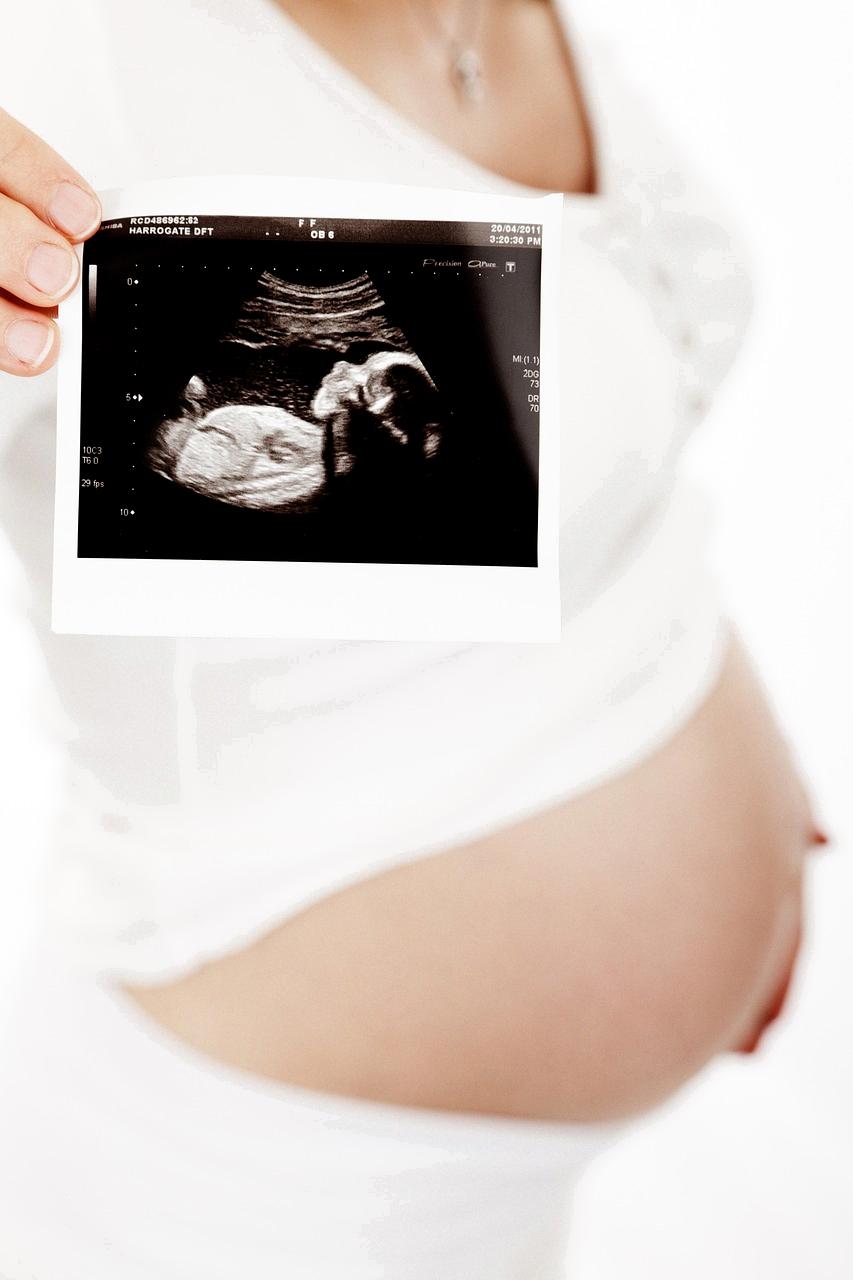When discussing pregnancy-related terminologies, one crucial aspect to consider is the concept of Prolonged Rupture of Membranes (PROM). This condition refers to the rupture of fetal membranes, commonly known as the amniotic sac, before the onset of labor. However, PROM becomes classified as Prolonged ROM when this rupture persists for more than 24 hours. It is essential to differentiate between different types of ROM, including Preterm Premature Rupture of Membranes (PPROM) and Spontaneous Preterm Rupture of the Membranes (SPROM).
PPROM specifically pertains to ROM occurring before the 37th week of gestation. This condition raises concerns regarding the potential risks and complications associated with preterm birth. On the other hand, SPROM refers to ROM that happens after or concurrently with the onset of labor before the 37th week of pregnancy. In contrast, Prolonged ROM can occur at any point during pregnancy, lasting beyond the typical timeframe of 24 hours.
One of the primary causes of Prolonged ROM is the weakening of the fetal membranes, which can happen due to various factors such as infections, cervical insufficiency, or repetitive mechanical stress. These factors can compromise the structural integrity of the amniotic sac, leading to its premature rupture. Additionally, hormonal imbalances or deficiencies in certain proteins may also contribute to the development of Prolonged ROM.
Diagnosing Prolonged ROM involves a thorough assessment by healthcare providers. This typically includes a combination of medical history evaluation, physical examinations, and diagnostic tests. The presence of amniotic fluid leakage, confirmed through tests like a nitrazine test or ferning test, is a crucial indicator of Prolonged ROM. Furthermore, ultrasound scans may be utilized to assess the amniotic fluid levels and structural integrity of the fetal membranes.
Managing Prolonged ROM requires a comprehensive approach aimed at ensuring the well-being of both the pregnant individual and the developing fetus. Depending on the gestational age and specific circumstances, healthcare providers may opt for expectant management, where close monitoring is conducted to assess the progression of labor. In some cases, interventions such as antibiotic therapy or corticosteroid administration may be recommended to reduce the risk of infection and enhance fetal lung maturation.
Complications associated with Prolonged ROM can pose significant challenges during pregnancy. Risks include an increased likelihood of intrauterine infection, umbilical cord compression, placental abruption, and fetal distress. Timely intervention and continuous monitoring are vital in mitigating these risks and promoting positive maternal and neonatal outcomes.
Furthermore, the emotional and psychological impact of Prolonged ROM should not be overlooked. Pregnant individuals experiencing this condition may undergo heightened stress and anxiety due to the uncertainties surrounding the pregnancy. Providing adequate support, information, and counseling can greatly assist in alleviating emotional distress and enhancing the overall pregnancy experience.
In conclusion, Prolonged Rupture of Membranes in Pregnancy represents a critical obstetric concern that requires vigilant management and monitoring. Understanding the underlying causes, diagnostic approaches, and management strategies is essential in addressing the complexities associated with this condition. By prioritizing proactive care and effective communication between healthcare providers and pregnant individuals, optimal outcomes can be achieved in cases of Prolonged ROM.

